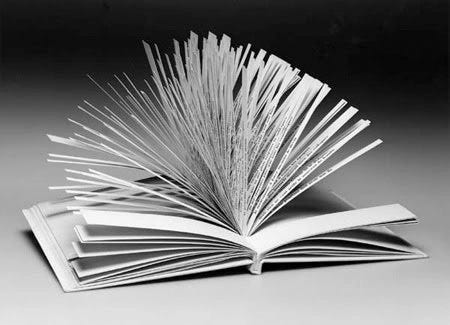Isabelle Levent
@isabellelevent
Isabelle Levent
@isabellelevent
"The data we licensed from Shutterstock was critical to the training of DALL-E,” said Sam Altman, OpenAI’s CEO. “We’re excited for Shutterstock to offer DALL-E images to its customers as one of the first deployments through our API, and we look forward to future collaborations as artificial intelligence becomes an integral part of artists’
... See moreThe Lab’s mission is also to develop a critical literacy that can help cultural institutions approach AI technologies as advanced and multilayered media. While reliant on the highly specialised theoretical work needed to untangle issues such as ‘distributed authorship’ (Ascott 2005; Zeilinger 2021) involved in artistic research, the Lab does not
... See more“There are real concerns with respect to the copyright of outputs from these models and unaddressed rights issues with respect to the imagery, the image metadata and those individuals contained within the imagery,” said Peters.
The Lab’s primary focus is on the ways in which artists and designers are adopting, adapting and remaking AI processes, building their own datasets and reaching into the ‘grey box’ of AI technologies.

the reconfiguration of culture as a domain of not just human-made meanings but also machinic calculation
Maybe the creative work is now to figure out ways to nudge AIs into being weird and interesting rather than producing inane imitations of the most ordinary human writing
Many methods for creating these models don't (and to be honest can't) attach the name, website and other details of every image and piece of text used to a create a new image in the metadata to every step of the process.
Whatever the size of the space, someone who comes up with a new idea within that thinking-style is being creative in the second, exploratory, sense. If the new idea is surprising not just in itself but as an example of an unexpected general type , so much the better.